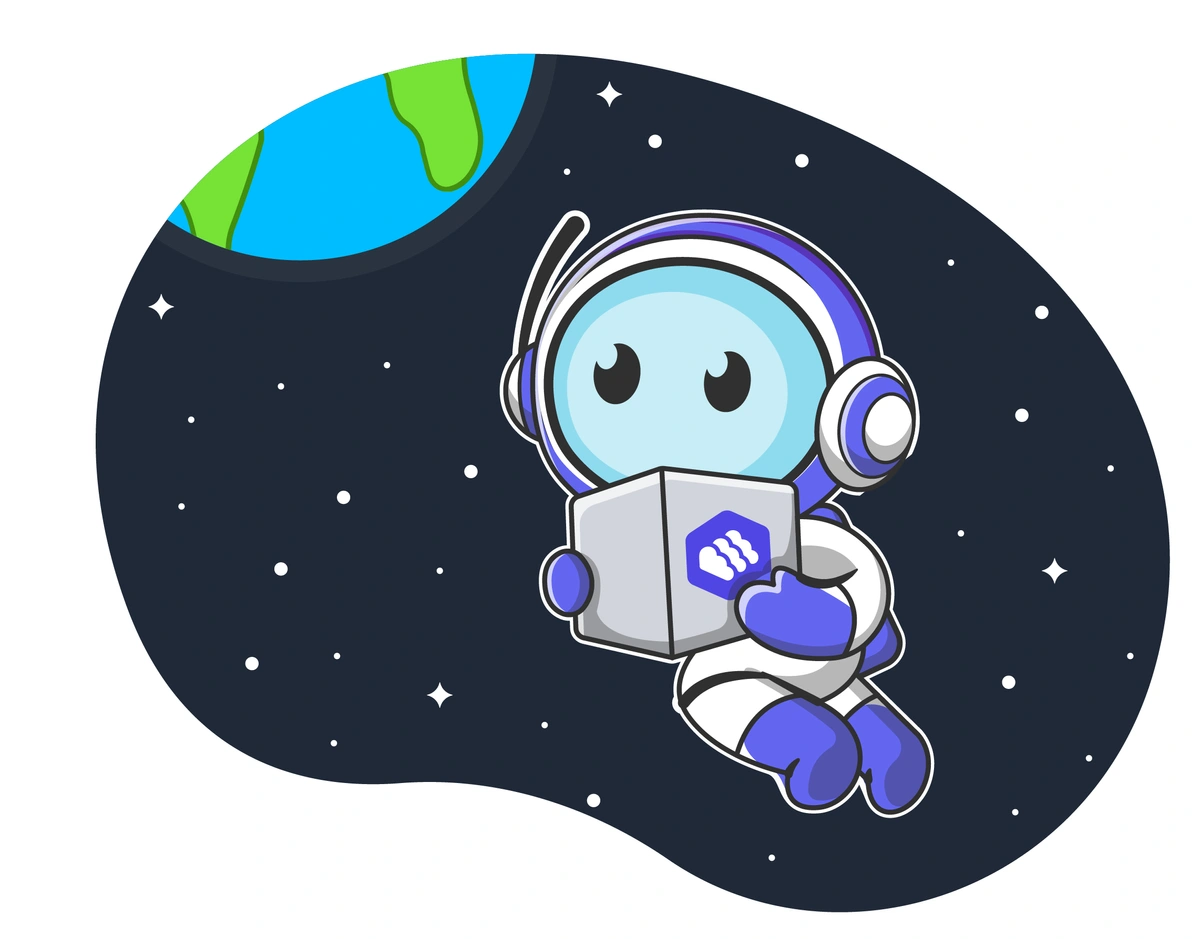Publishing a software package can be a great way to share your code with the world, enabling other developers to use it seamlessly in their own projects. Whether you have created a useful utility, a new tool, or a custom library, here is a guide that will help you throughout.
What is a Node package
A Node package, also known as an npm package, is a reusable piece of code that can be shared among developers and used in various projects. It enables the distribution and management of code, making it easier to build, test, and deploy applications. The packages are distributed through the npm registry, a central repository for Node packages. When you publish a package to the npm registry, it becomes available for anyone to download and use in their projects.
Publishing a Node package
This guide will help you publish your Node package. First, you will need to install Node.js and npm on your system.
-
Create an npm Account
To install npm, you need to create an account, which will later be accessed from here. Once you have made your npm account, you can use the command line interface (CLI) for installing npm.
You can run the following command on the command line to download npm.
npm install -g npm
-
Install Node.js
Node.js is used to develop network applications that scale. You can download Node.js from here and then install it on your system.
-
Initialize a Git Repository
The next step in publishing Node packages is to initialize a Git repository. A Git repository is used to store projects. Create a repository and type its name. You can also choose whether you want the repository to be visible to the public, internal, or private.
After that, select, initialize the repository with a README, and click on Create repository. Here, you will keep your Node package and other code.
-
Initialize npm in Your Project
You can use your CLI and navigate to the root folder of your project. Then enter,
$ npm init
You will be asked questions to create a package.json file in your project route describing all the dependencies during the development phase. Once you have initialized your project using NPM, a package.json file is created in your root directory of the project.
-
Test Your Package
Once you have created the package.json file, you can add packages to it, add your first npm script, and set your name and author information. However, don’t forget to test your package before you publish.
Testing your package is essential to minimize the risk of publishing bugs.
Run npm install with the full path to your package directory to test your package.
npm install my-package
-
Publish Your Package
Navigate to your root directory of the package on the command line, and run npm publish to publish your package.
Managing NPM packages with Packagecloud
Managing an npm repository has never been easier! With Packagecloud you can use the npm CLI, work with current standards, and get Yarn integration right out of the box. A software bill of materials is generated automatically as you upload packages. Check out all the features here.




